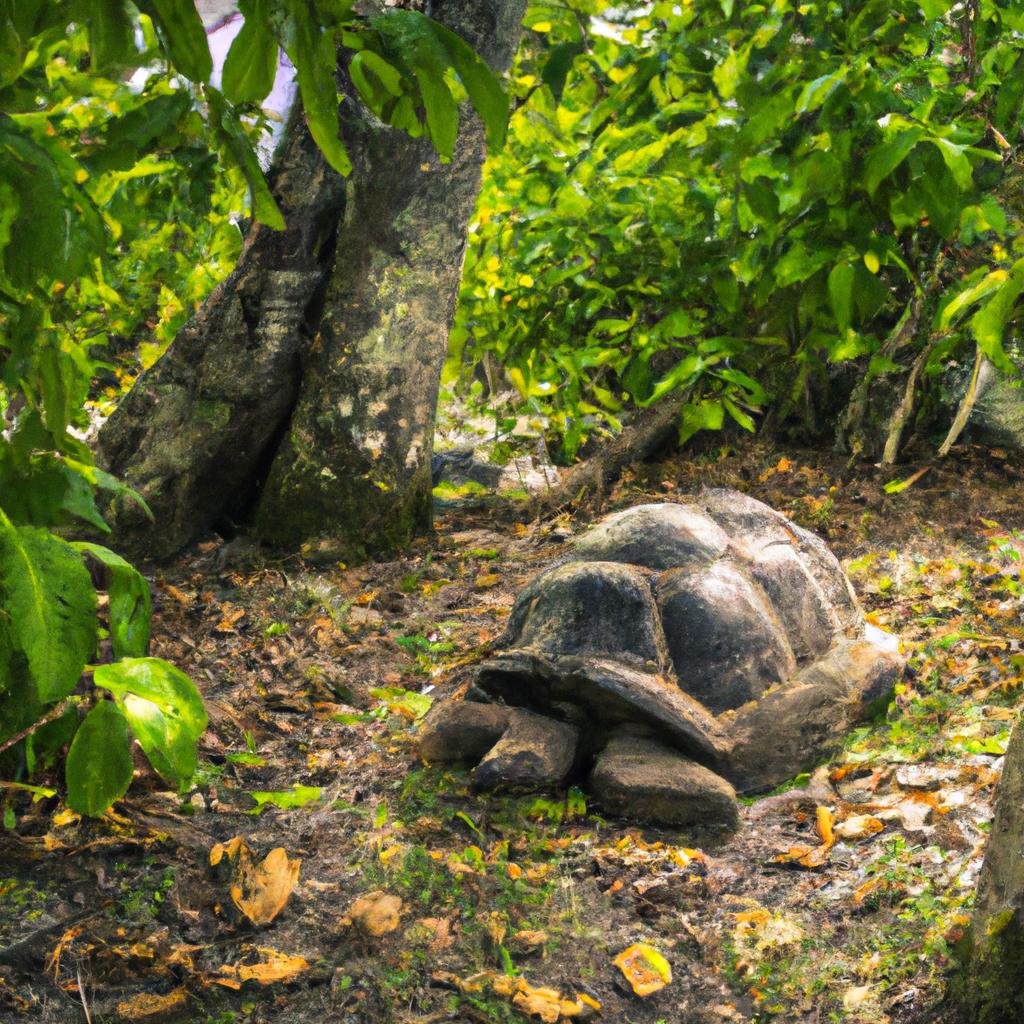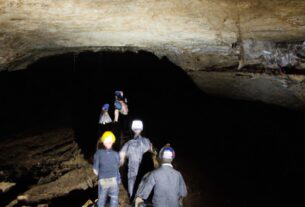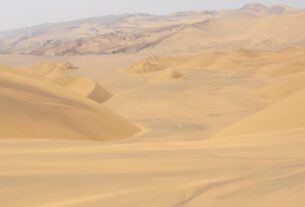If you’re a nature enthusiast, Seychelles should be at the top of your travel wishlist. With its picturesque beaches, crystal-clear waters, and unique wildlife, this archipelago is a paradise for animal lovers. And if you have a soft spot for tortoises, you’re in for a real treat. Seychelles is home to some of the largest and oldest tortoises in the world, making it a popular destination for tortoise enthusiasts.
But before we delve into the specifics, let’s start with the basics. What exactly is a tortoise? Tortoises are reptiles with a distinctive shell that protects them from predators. They are herbivores and are known for their remarkable longevity, with some species living over 100 years. Tortoises can be found in various parts of the world, from South America to Africa, and they play a significant role in many cultures and ecosystems.
Now let’s talk about why Seychelles is a sought-after destination for tortoise enthusiasts. The archipelago is home to two species of tortoises: the Aldabra giant tortoise and the Seychelles giant tortoise. The former holds the title of the largest tortoise species globally and can weigh up to a whopping 550 pounds. The latter is slightly smaller but no less impressive, with some individuals living for over 150 years.
But it’s not just the size and age of the tortoises that make Seychelles so special. The archipelago has a longstanding commitment to conservation and has made significant efforts to protect its tortoise populations. This is crucial because tortoises are considered a vulnerable species, with many populations declining due to habitat loss, hunting, and the pet trade. By safeguarding its tortoises, Seychelles is not only preserving a unique and important part of its biodiversity but also contributing to global conservation efforts.
So, whether you’re a seasoned tortoise enthusiast or simply curious about these majestic creatures, Seychelles is the place to be. In the following sections, we’ll explore the ecology, history, and conservation of tortoises in Seychelles, as well as provide tips for visiting the archipelago’s hotspots for tortoise encounters.
History of Tortoises in Seychelles
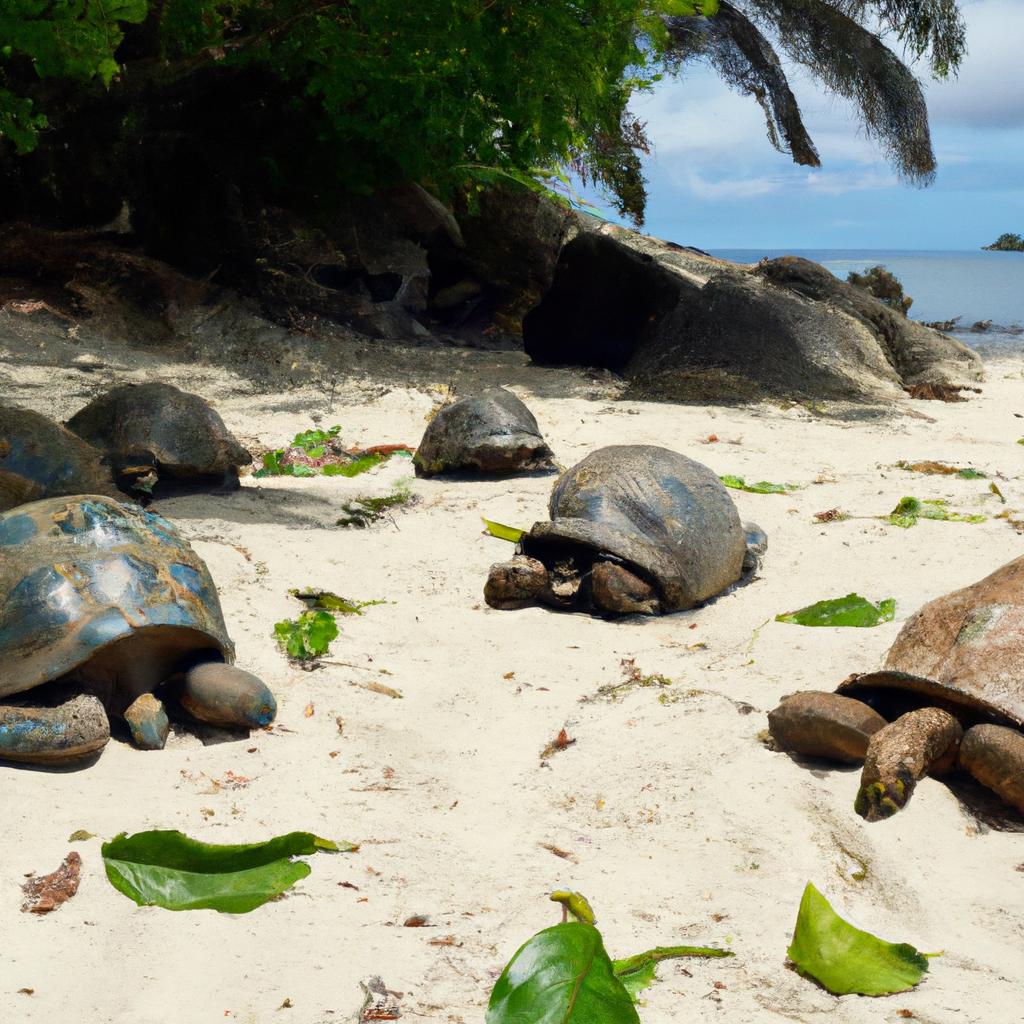
How Tortoises Arrived in Seychelles
The history of tortoises in Seychelles is fascinating. The archipelago’s tortoise populations are believed to have originated from Aldabra Atoll, a UNESCO World Heritage Site located over 700 miles away. Early settlers and explorers likely brought tortoises to Seychelles as a source of food and living cargo for ships.
The exact timeline of tortoise arrival in Seychelles remains unclear, but it is thought to have occurred sometime in the 18th century. Tortoises were highly valued by settlers and were extensively hunted, leading to significant population declines. However, over time, Seychelles became renowned for its giant tortoises, prompting efforts to protect them and their habitats.
Native Tortoise Species in Seychelles
Seychelles is home to two species of native tortoises: the Aldabra giant tortoise and the Seychelles giant tortoise. The Aldabra giant tortoise holds the crown as the largest tortoise species globally and is found only on Aldabra Atoll and nearby islands. The Seychelles giant tortoise, slightly smaller but equally impressive, can be found on several islands, including Silhouette Island, Curieuse Island, and Praslin Island.
Both species have played significant roles in Seychellois culture and history. They are often depicted in local art and folklore and have been the focus of numerous conservation initiatives. Today, these tortoises are major attractions for tourists, drawing many visitors to Seychelles specifically to witness these magnificent reptiles in their natural habitat.
Importance of Tortoises in Seychelles’ Culture and History
For centuries, tortoises have been integral to Seychellois culture and history. They were hunted for their meat and oil, which served cooking and medicinal purposes. Tortoises were also transported as live cargo on ships, and some wealthy families even kept them as pets.
With time, these tortoises transcended their utilitarian value and evolved into symbols of Seychelles’ unique biodiversity and a source of national pride. Today, the archipelago’s tortoise populations are protected by law, with numerous conservation efforts in place to ensure their survival.
In the next section, we’ll explore the ecology of tortoises in Seychelles and delve into their role within the archipelago’s ecosystem.
Ecology of Tortoises in Seychelles
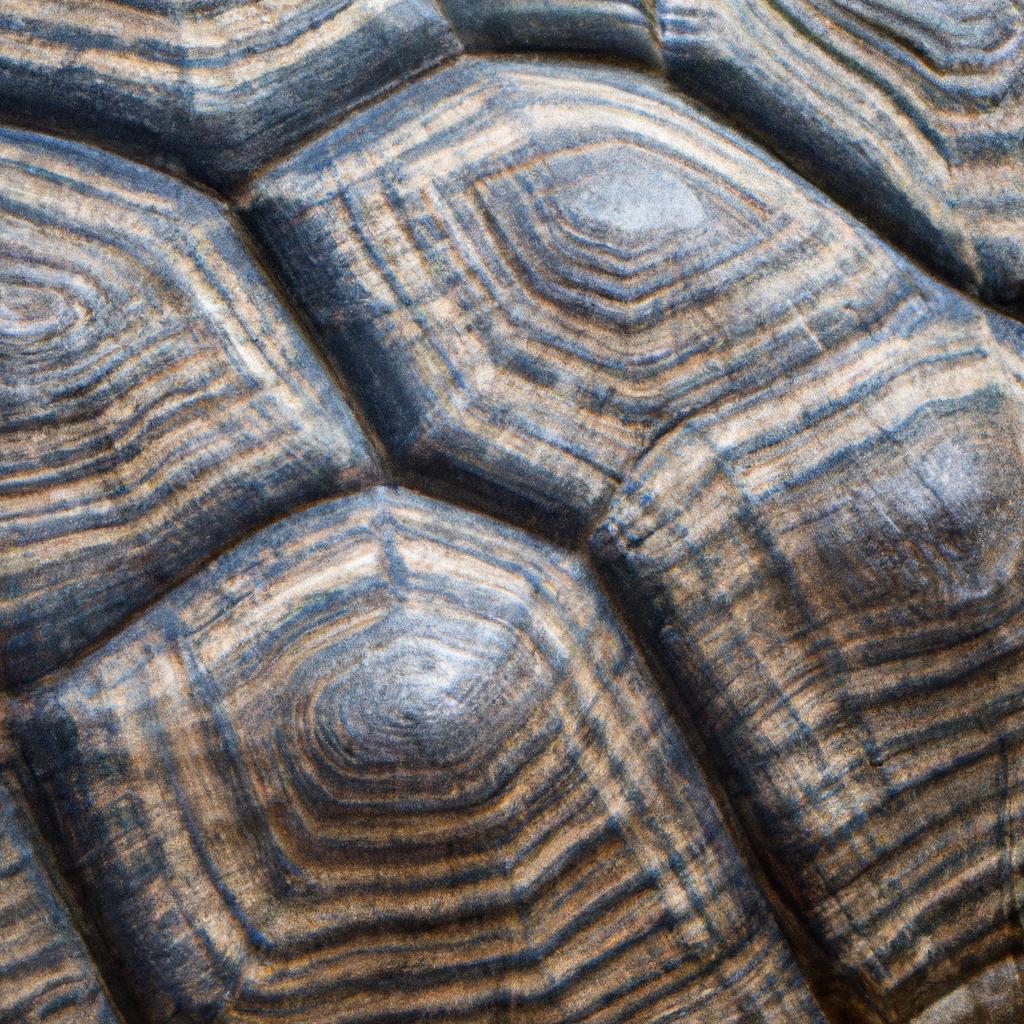
Tortoises play a crucial role in Seychelles’ ecosystem, contributing significantly to the balance of the archipelago’s unique flora and fauna. Let’s take a closer look at the habitat, diet, behavior, and ecological significance of Seychelles’ tortoises.
Habitat of Tortoises in Seychelles
Both the Aldabra giant tortoise and the Seychelles giant tortoise have specific habitat requirements. The Aldabra giant tortoise is exclusive to the Aldabra Atoll, a UNESCO World Heritage Site situated in the Indian Ocean. The atoll boasts a distinct ecosystem that is home to various species, including giant tortoises, green turtles, and manta rays. The Seychelles giant tortoise, on the other hand, can be found on several islands in the archipelago, such as Silhouette Island, Curieuse Island, and Praslin Island.
Tortoises seek habitats that provide shelter, food, and water. In Seychelles, you can find tortoises in a range of environments, including coastal areas, forests, and wetlands. These resilient creatures have adapted to survive in areas with limited resources and can go for extended periods without food or water.
Diet and Behavior of Tortoises in Seychelles
Tortoises in Seychelles are herbivores, nourishing themselves primarily on grasses, leaves, and fruits. They have the remarkable ability to thrive on limited resources and can endure weeks without food. These talented swimmers can often be spotted foraging in shallow waters around the islands.
In terms of behavior, tortoises are known for their leisurely pace and their instinct to retreat into their shells when feeling threatened. They are social animals and frequently gather in groups, basking under the sun or grazing on vegetation.
Role of Tortoises in Seychelles’ Ecosystem
Tortoises fulfill a crucial role in Seychelles’ ecosystem as herbivores and seed dispersers. By grazing on vegetation, they help regulate the growth of plant species and prevent overgrazing. Additionally, their consumption and subsequent distribution of seeds through their feces contribute significantly to seed dispersal across the islands.
Beyond their ecological significance, tortoises hold a special place in Seychelles’ cultural heritage, inspiring artists and writers for centuries. Their longevity and resilience symbolize strength and wisdom, making their conservation essential in preserving Seychelles’ unique biodiversity for generations to come.
Conservation of Tortoises in Seychelles
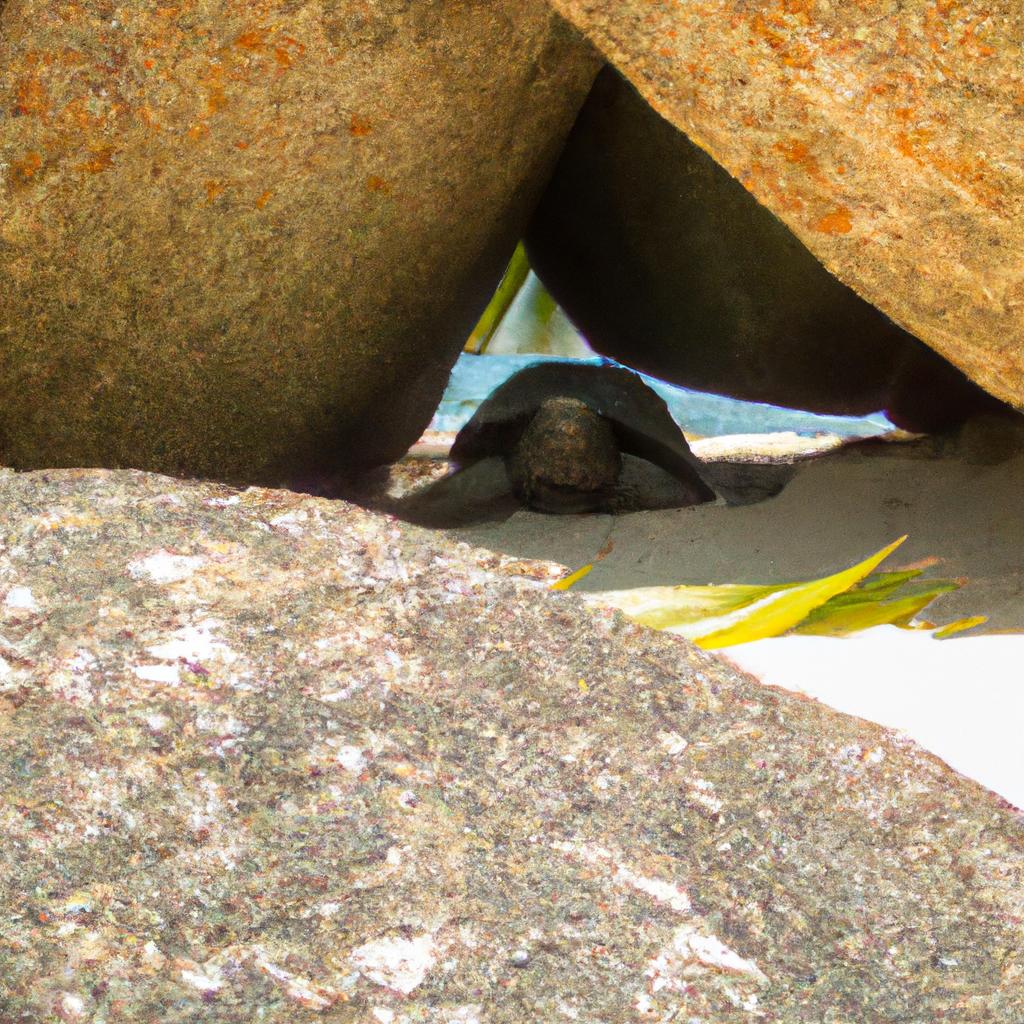
Threats to Tortoise Populations in Seychelles
Despite Seychelles’ conservation efforts, tortoise populations in the archipelago still face threats. One of the significant challenges is habitat loss caused by human development and climate change, which have led to the destruction of tortoise habitats. Additionally, tortoises are often hunted for their meat, considered a delicacy in some regions. The pet trade is also a concern, as certain tortoise species are highly sought after by collectors.
Conservation Efforts to Protect Tortoises in Seychelles
To address these threats, Seychelles has implemented various conservation measures. One noteworthy effort is the establishment of protected areas, such as the Aldabra Atoll UNESCO World Heritage Site, home to the world’s largest population of Aldabra giant tortoises. These protected areas provide safe havens for tortoises and other wildlife, enabling their populations to thrive.
In addition to protected areas, Seychelles has enacted laws and regulations to safeguard the tortoises. For instance, hunting or trading tortoises within Seychelles is illegal, and the government has introduced a Tortoise Adoption Program to discourage the illegal pet trade. This program allows individuals and organizations to “adopt” a tortoise and contribute to its care and conservation.
Importance of Community Involvement in Tortoise Conservation
Perhaps the most crucial aspect of tortoise conservation in Seychelles is community involvement. Local communities have played a pivotal role in protecting tortoise populations, from monitoring nests to participating in conservation education programs. By engaging communities in conservation efforts, Seychelles has not only raised awareness and appreciation for its unique wildlife but also fostered a sense of pride and responsibility among its citizens.
Overall, Seychelles’ conservation efforts have yielded positive results in safeguarding its tortoise populations. However, there is still work to be done. By addressing the threats to tortoises and involving communities in conservation initiatives, Seychelles can continue to preserve its exceptional biodiversity for future generations.
Visiting Tortoises in Seychelles
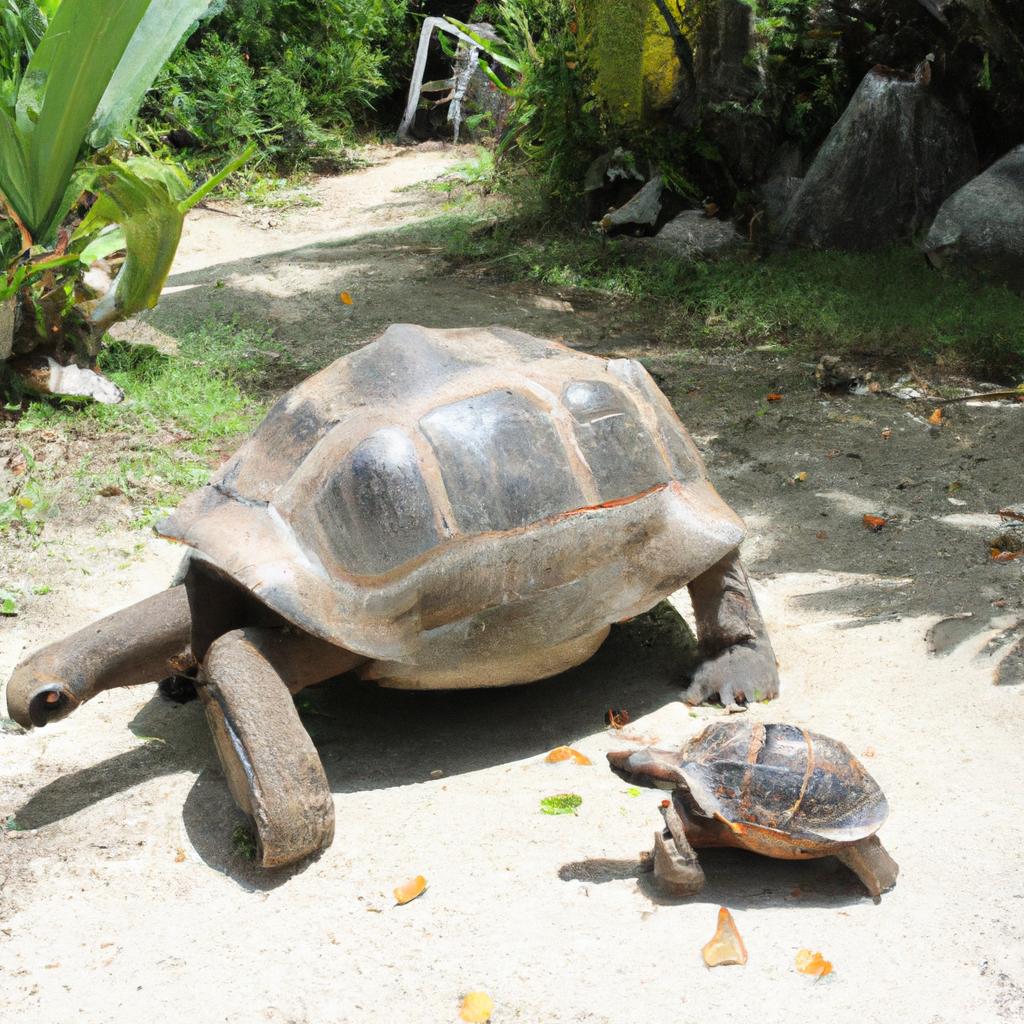
Popular Destinations to See Tortoises in Seychelles
Suppose you’re eager to witness tortoises in Seychelles. In that case, there are several destinations worth visiting. One of the most sought-after spots is the Aldabra Atoll, a UNESCO World Heritage site that hosts a substantial population of Aldabra giant tortoises. Accessible only by boat or plane and requiring a permit, this location is well worth the effort to witness these magnificent creatures in their natural habitat.
Another popular destination is Curieuse Island, home to a population of Seychelles giant tortoises. The island is easily reached by boat from Praslin Island and offers visitors the opportunity to observe tortoises up close and personal.
Guidelines for Ethical Tortoise Tourism
When visiting tortoises in Seychelles, it’s crucial to follow ethical guidelines to protect the animals and their habitat. Here are some tips to keep in mind:
- Always maintain a safe distance from tortoises and avoid touching or disturbing them.
- Refrain from feeding tortoises human food, as it can be harmful to their health.
- Stick to designated paths and trails to avoid damaging the tortoises’ habitat.
- Respect the rules and regulations of the sites you visit, including permits and entry fees.
- Choose tour operators and accommodations committed to responsible and sustainable tourism practices.
How to Support Tortoise Conservation Efforts While Visiting Seychelles
If you’re passionate about tortoise conservation, there are several ways you can support efforts to protect these incredible creatures while visiting Seychelles. Consider the following suggestions:
- Visit conservation organizations and centers dedicated to tortoise protection, such as the Aldabra Research and Conservation Centre.
- Donate to conservation organizations working to protect tortoises in Seychelles and worldwide.
- Opt for eco-friendly accommodations and tour operators that actively support local conservation efforts.
- Educate yourself and others about the importance of tortoise conservation and the threats they face.
By adhering to these guidelines and supporting conservation efforts, you can help ensure that Seychelles’ tortoise populations continue to thrive for generations to come.
Conclusion
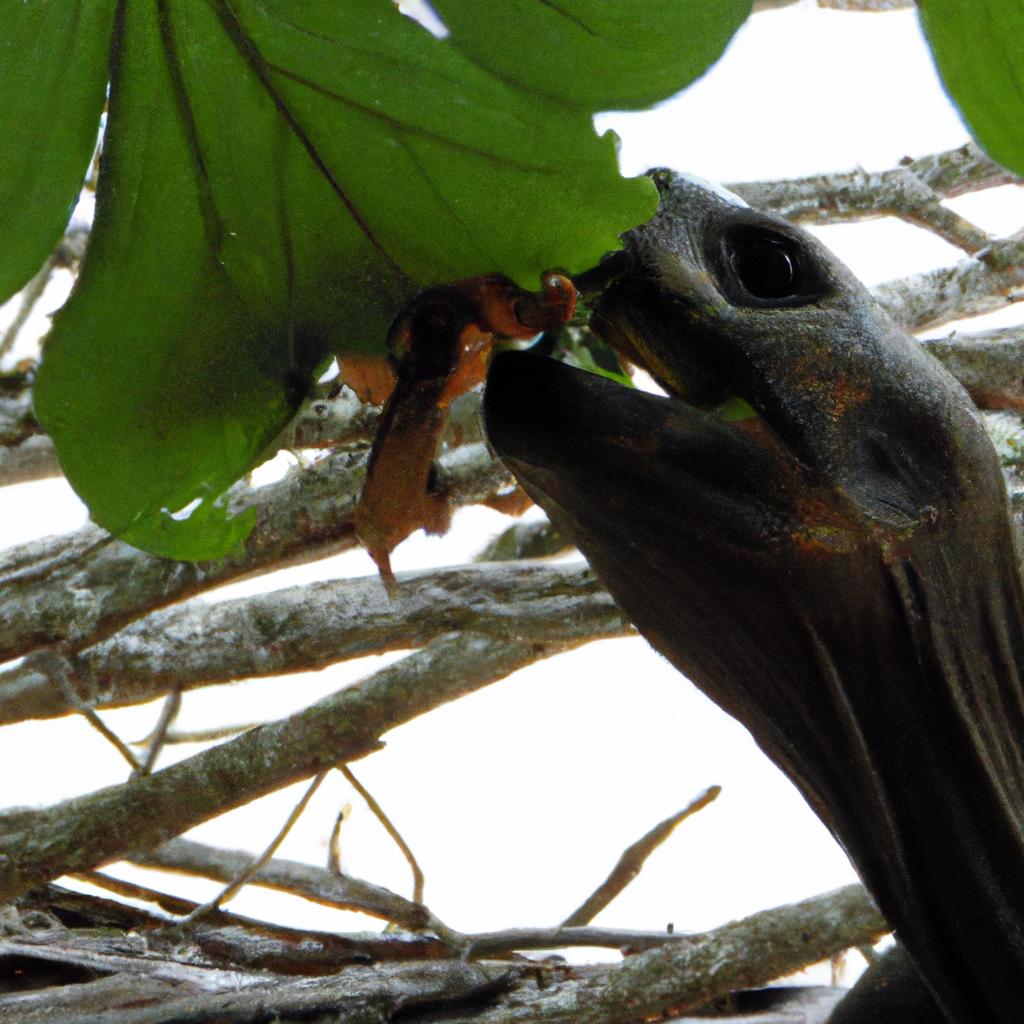
In conclusion, tortoises play a significant role in Seychelles’ biodiversity and cultural heritage. The archipelago’s giant tortoises captivate visitors with their impressive size and age while embodying the values of conservation and sustainable tourism. By exploring Seychelles and supporting its tortoise conservation efforts, you contribute to the preservation of these magnificent creatures for future generations to enjoy.
Remember to practice ethical tourism when visiting tortoise hotspots in Seychelles. Avoid touching or feeding the tortoises and respect their natural habitat. By following these guidelines, you minimize the impact of tourism on tortoise populations and secure their long-term survival.
At TooLacks, we’re dedicated to promoting nature conservation and sustainable tourism. We hope this guide has inspired you to learn more about tortoises in Seychelles and support their conservation. Together, we can make a difference and protect our planet’s precious biodiversity.
If you’re interested in discovering more about Seychelles and its unique wildlife, be sure to explore our other articles on TooLacks. Thank you for reading!
Citations and Relevant Hyperlinks:
[1] Seychelles National Parks Authority. (2021). Tortoises. [online] Available at: https://www.snpa.gov.sc/tortoises
[2] World Wildlife Fund. (2021). Aldabra Tortoise. [online] Available at: https://www.worldwildlife.org/species/aldabra-tortoise
[3] Tortoise Trust. (2021). Giant Tortoises of the Seychelles. [online] Available at: https://www.tortoisetrust.org/articles/seychelles.html
